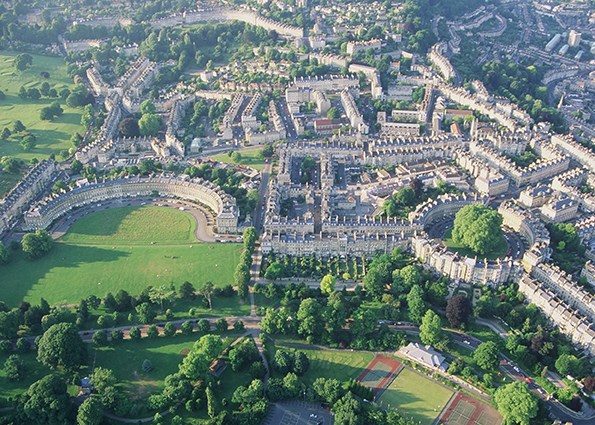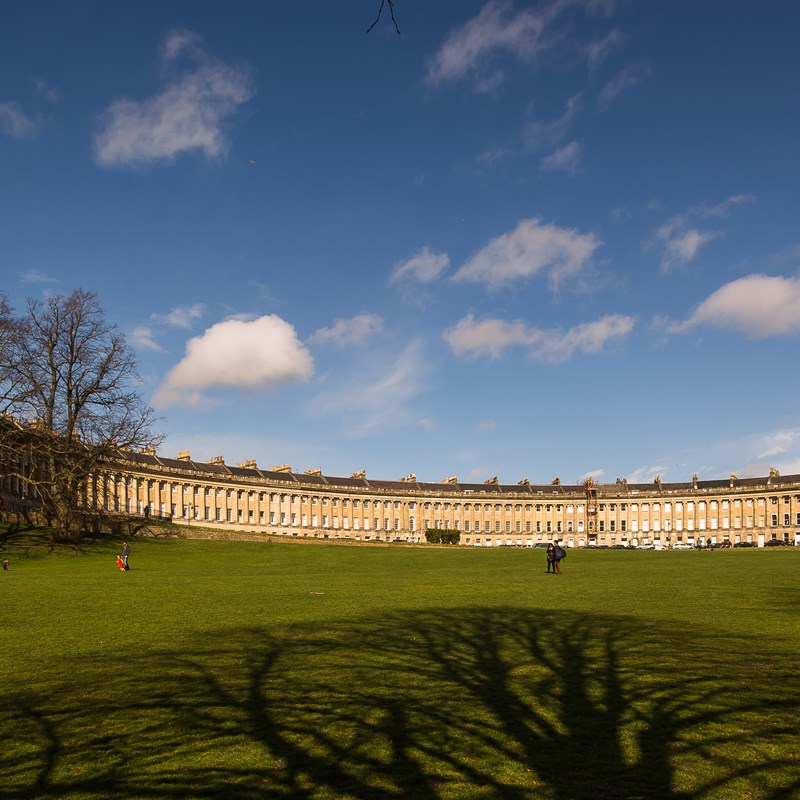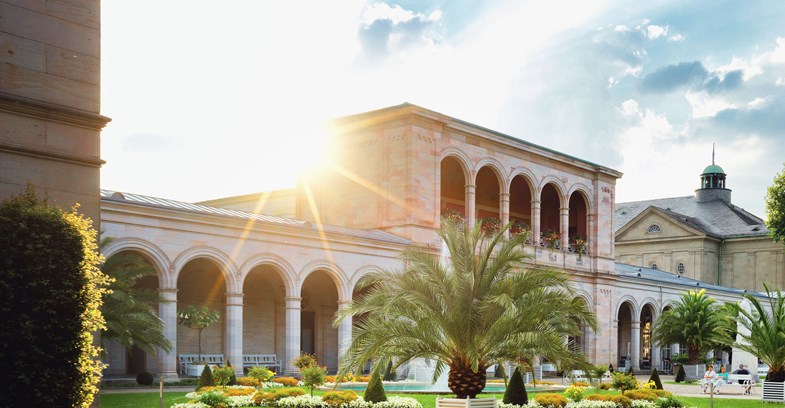City of Bath, UNITED KINGDOM: Georgian Spa City
City of Bath is held to be one of the earliest and most profoundly influential ‘Great Spas’. From a medieval walled city around its central cluster of hot springs, the grand ‘Georgian Spa’ was created during the eighteenth century when frequently visited by Royalty and high aristocracy. Bath doctors pioneered diagnostic medicine based on its mineral waters, and the surrounding landscape was managed as part of ‘the cure’. Dedicated to leisure, pleasure and high-fashion, ‘Masters of the Ceremony’ devised and policed the ‘Rules of Bath’, a model for continental spas. Bath contributed to the creation of a polite society, helping to shape European democratic traditions and ideals. Distinguished by iconic spa buildings, exceptional Georgian town planning, Palladian architectural ensembles, crescents and squares, Bath has managed its hot springs for 2000 years. Today, it is sustained as a living spa, its bathing functions enhanced by original refurbishments and new additions.

City of Bath The Royal Crescent

Historic Urban Landscape of the ‘Great Spa’
The spatial plan of the nominated property can be divided into:
- The spa quarter centred on the cluster of hot springs (which was the focal point for the Roman and medieval towns), with its principal baths and pump rooms, Abbey Church and chapels , assembly rooms and early hospitals.
- The exceptional Georgian ‘new town’ that surrounds the spa quarter, devoted to leisure, pleasure and fashion including assembly rooms, Palladian architectural ensembles, squares and crescents, hotels, pleasure grounds, parks and gardens.
- The wide surrounding countryside that was utilised as a therapeutic and recreational spa landscape.

